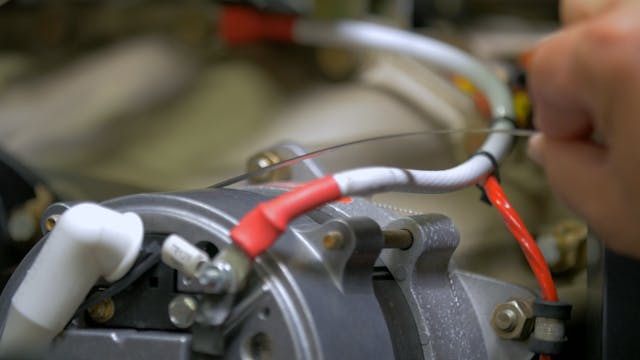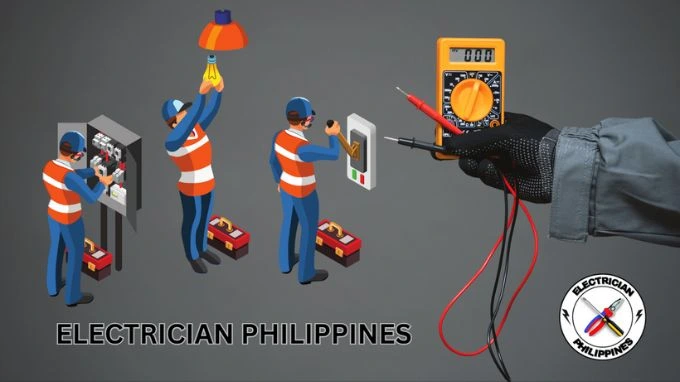Top Tips for Effective Electrical System Troubleshooting
Troubleshooting electrical systems needs a systematic strategy, grounded in a comprehensive understanding of electric concepts and safety procedures. By familiarizing oneself with circuit elements, utilizing essential devices, and sticking to an organized assessment method, professionals can efficiently identify and resolve concerns. The subtleties of effective troubleshooting expand beyond plain technical understanding; recognizing how to document searchings for and prioritize security can considerably influence results. As we check out these essential aspects additionally, it comes to be clear that grasping this procedure is not just useful however essential for success in the field.
Understand the Basics
Understanding the essentials of electrical systems is important for efficient troubleshooting, as a solid structure permits specialists to detect and fix issues much more efficiently. A comprehensive understanding of electrical principles, such as voltage, existing, resistance, and power, is vital in determining the root creates of troubles. Voltage is the electric potential distinction that drives present via a circuit, while resistance opposes the flow of existing, influencing the overall functionality of the system.
Knowledge with circuit elements, including resistors, capacitors, diodes, and switches, is additionally vital. Each element plays an unique duty in circuit behavior and can impact performance when malfunctioning. In addition, comprehending collection and parallel circuit configurations is crucial, as these arrangements influence the circulation of voltage and present within the system.
Service technicians should be conscious of prospective hazards, such as shock and short circuits, to implement secure troubleshooting techniques. By mastering these foundational principles, service technicians enhance their capacity to carry out efficient diagnostics and repair work, inevitably leading to enhanced performance and dependability of electric systems (electrical system troubleshooting).
Gather Necessary Equipment
Effective troubleshooting of electrical systems requires the right collection of devices to identify and resolve problems precisely. A well-equipped professional can substantially boost performance and effectiveness in identifying issues. Important devices include a multimeter, which measures voltage, current, and resistance, enabling accurate analyses of electrical parts. Clamp meters are also important for measuring current without separating the circuit, ensuring safety and ease.
Furthermore, shielded hand tools such as screwdrivers, pliers, and cord pole dancers are vital for securely controling electrical connections. It is also a good idea to have a circuit tester on hand to validate the visibility of voltage in outlets and wires. For more complicated systems, a thermal imaging video camera can assist identify overheating elements, indicating possible failings.

Adhere To an Organized Approach
Having gathered the proper devices, the following action in troubleshooting electric systems is to follow a systematic approach. A methodical technique makes certain that technicians can determine mistakes effectively and precisely, minimizing downtime and protecting against unnecessary repair work.
Begin by assessing the system's schematic diagrams and requirements. Recognizing the design and functional criteria will provide context for detecting problems. Next, isolate the issue area by utilizing a procedure of removal. This includes checking each part methodically, beginning with the source of power and working towards the load.
Use testing devices, such as multimeters and oscilloscopes, to collect objective data regarding voltage, current, and resistance at numerous points within the system. This empirical proof will direct your troubleshooting efforts and assist to verify or eliminate prospective reasons for failure.
Furthermore, think about environmental factors that might affect the system's performance, such as temperature level fluctuations or wetness access. A comprehensive inspection of wiring, links, and components will guarantee that all opportunities are represented.
Document Your Findings
Extensive paperwork is essential in the repairing process of electric systems. Exact documents enhance the efficiency of determining persisting problems and assist in communication among staff member. Each searching for ought to be meticulously noted, consisting of signs and symptoms observed, examinations conducted, and the end results of those examinations. electrical system troubleshooting. This method not just aids in comprehending the source of the problem but likewise acts as a referral for future fixing initiatives.

Furthermore, keeping a log of parts changed or fixings done is very useful. This details sustains stock monitoring and can helpful resources aid assess the long life and dependability of details elements.
Ultimately, the documents process must be comprehensive yet concise, making it possible for easy access and review - electrical system troubleshooting. By focusing on in-depth documentation, service technicians can develop a beneficial understanding base that not only help in present troubleshooting but additionally equips future maintenance initiatives, consequently improving overall system reliability

Prioritize Precaution
Recognizing the integral risks related to electrical systems is important for making certain security throughout troubleshooting. Electric shock, burns, and devices damage are simply a few of the prospective risks that service technicians encounter. Prioritizing precaution is not only a legal obligation however also a moral essential that safeguards both the professional and the surrounding environment.
Prior to beginning any type of troubleshooting task, service technicians ought to put on suitable have a peek at this site personal protective equipment (PPE), consisting of shielded handwear covers, safety glasses, and flame-resistant clothing. Guaranteeing that the workspace is completely dry and cost-free of mess can significantly lower the danger of crashes. It is vital to de-energize circuits before starting any kind of job, confirming that they are not live with the use of a multimeter or voltage tester.
Establishing clear communication methods with employee is likewise important; this makes sure that every person is aware of possible risks and the status of the site link electrical system being functioned on. Last but not least, having an emergency action strategy in position can verify vital in case of a case. By focusing on safety and security measures, technicians can effectively reduce threats and cultivate a much safer work environment.
Conclusion
Effective electrical system fixing depends on an extensive understanding of fundamental concepts and a methodical approach. Focusing on safety measures makes sure the health of people entailed and the stability of the electrical system.